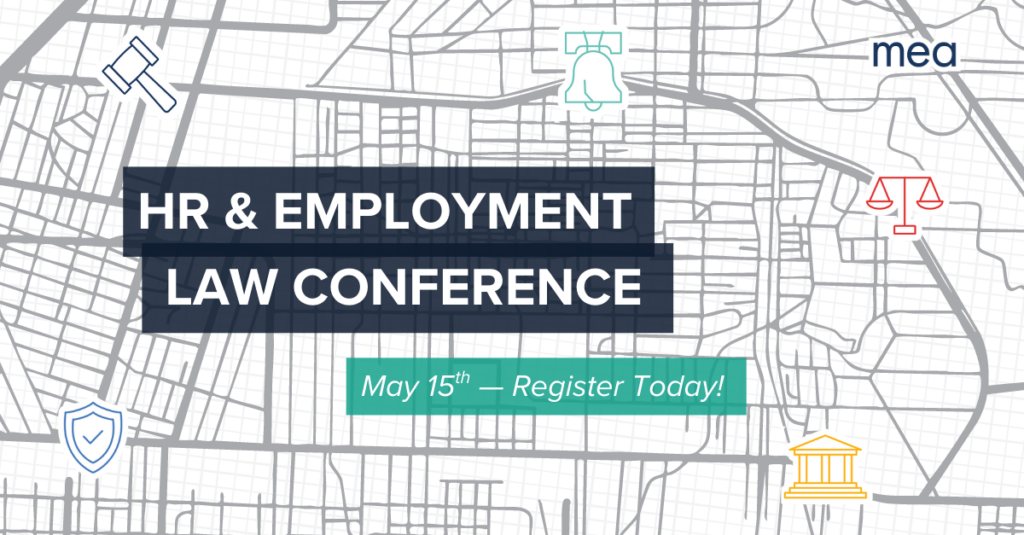FMLA Administration Webinar
For: HR & People Leaders | 2 Hours
If your employee requests a leave, how do you know whether to approve it as an FMLA leave?
Employers often encounter tough questions about how much leave must be given, under what circumstances leave is permitted, and importantly, what rights they have as the employer.
This two-hour webinar is designed to provide information, guidelines and examples of the key concepts, including who is a covered employer, who is an eligible employee and what is serious health condition. You will receive legal guidelines, rules of administration, and pay and benefit options and requirements. Participants also will learn about the pitfalls of accepting incomplete or unclear medical certifications and clear methods to improve the manner in which you administer FMLA in your workplace.

